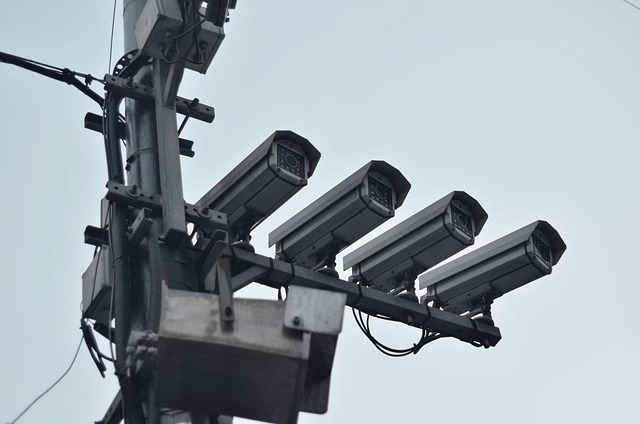
“Mastering Network Supervision: A Comprehensive Guide”
Mastering Network Supervision: A Comprehensive Guide
In today’s digital age, network supervision stands as a cornerstone for businesses and organizations striving to maintain seamless connectivity and security. As networks grow more complex and indispensable, mastering network supervision is no longer optional—it’s essential.
Understanding the Essence of Network Supervision
Network supervision encompasses the strategies, tools, and processes used to monitor, manage, and secure a computer network. For IT professionals and network administrators, it means continuously overseeing network performance, detecting issues before they escalate, and ensuring optimal operational efficiency.
Imagine being the guardian of a crucial highway system where every vehicle represents data packets flowing in and out. Network supervision acts like vigilant traffic control, guiding data smoothly while swiftly identifying and resolving any bottlenecks or accidents.
Why Network Supervision Matters
Every organization, no matter its size, depends on its network for daily operations—be it email communication, cloud services, or database access. Without effective network supervision, even minor disruptions can cascade into significant downtime, data breaches, and costly repairs.
- Proactive Problem Resolution: Rather than reacting to outages, network supervision enables early detection of anomalies.
- Enhanced Security: Continuous monitoring helps spot unauthorized access or suspicious activity faster.
- Optimized Performance: Identifying inefficient network segments ensures resources are appropriately allocated.
- Compliance and Reporting: Keeps your network aligned with industry standards and regulations.
Key Components of Effective Network Supervision
Mastering network supervision demands a blend of technology, expertise, and strategy. Here’s what you need to focus on:
1. Real-Time Monitoring Tools
Utilize network monitoring systems that provide live updates on traffic, device status, and bandwidth usage. Tools like SNMP-based solutions, packet analyzers, or network flow analysis can give you a comprehensive view.
2. Alerting Mechanisms
Set up automated alerts for unusual network behavior, outages, or performance degradation. Immediate notifications mean quicker reactions and minimized disruptions.
3. Performance Metrics and Analytics
Regularly review bandwidth utilization, latency, packet loss, and error rates to optimize network health.
4. Security Surveillance
Incorporate intrusion detection systems (IDS) and firewall logs into your supervision routine to safeguard against cyber threats.
5. Documentation and Reporting
Maintain detailed records of network changes, incident responses, and performance trends to support troubleshooting and audits.
Best Practices to Elevate Your Network Supervision
For network professionals seeking to refine their supervision skills, consider these actionable tips:
- Automate where possible: Leverage AI and machine learning to handle repetitive monitoring tasks and improve anomaly detection.
- Regularly update network maps: Keep an accurate topology to understand connections and potential points of failure.
- Train your team: Invest in continuous education for your IT staff on the latest network technologies and threats.
- Conduct routine audits: Periodic reviews help identify vulnerabilities and verify compliance.
- Engage in capacity planning: Forecast network growth to stay ahead of potential bottlenecks.
The Human Element in Network Supervision
While technology forms the backbone of network supervision, human insight remains invaluable. Skilled professionals interpret data nuances, make informed decisions during critical incidents, and innovate solutions that tools alone cannot provide. Cultivating a proactive mindset and fostering collaboration across teams strengthen your supervisory capabilities.
Ultimately, mastering network supervision transforms your network from a simple infrastructure into a resilient, efficient, and secure asset that drives your organization’s success.

